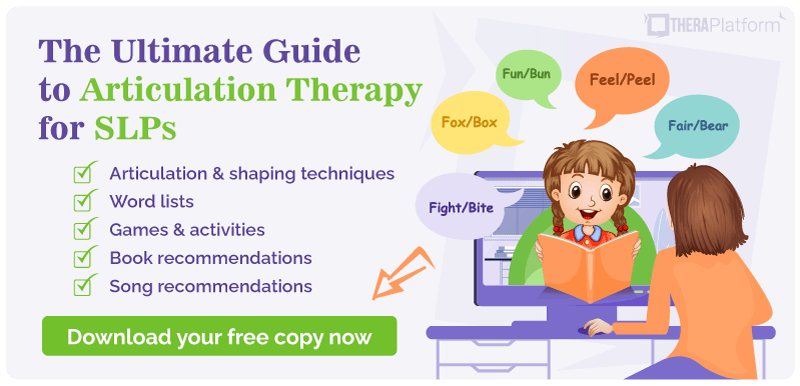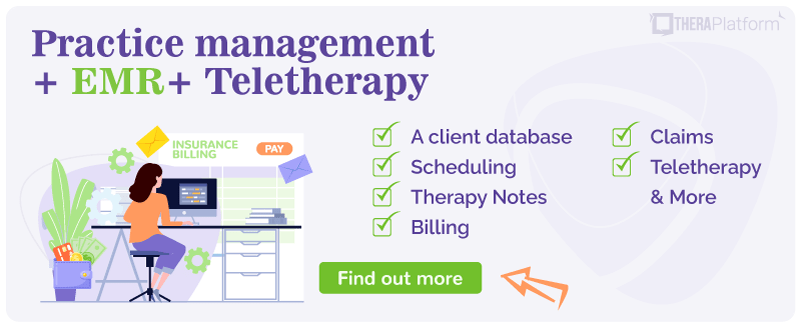Y words

Y words can be difficult for many children to pronounce and saying “Lello” for “Yellow” is common for children. But by age 4, they should be able to accurately produce the /y/ sound.
This can be a tricky sound to master. Mostly because it’s made inside of the mouth (so kids aren’t able to visualize how to make it as easily) and depends a lot on specific, complex tongue positioning.
In the world of speech therapy, /y/ is considered to be a semivowel or glide. If you break it down, the /y/ sound is actually made up of two consecutive vowel sounds; /ee/ and /uh/. The result is the /y/ sound that appears in /y/ words like “yes” and “you”.
There are various sound errors that children may make when attempting to produce the /y/ sound. The phonological process of assimilation occurs when a consonant sound starts to sound like another sound in a word. For example, a child who says “lello” for “yellow” is assimilating the /l/ sound in the middle of the word to the beginning of the /y/ word, replacing the /y/ sound. Assimilation is typically eliminated by the age of 3 years.
Other children may use the phonological process of initial consonant deletion. When this occurs, he or she omits the /y/ sound in the beginning or end of /y/ words. For example, “oo” for “you” (initial consonant deletion). This type of error is never considered to be typical or “developmental”, and can be targeted in therapy when the child is any age.
Difficulty articulating /y/ words can affect children socially, educationally, and when it comes to effectively communicating with others.
In a child’s life, being able to say /y/ words like “yes”, “you”, “yo-yo”, “yogurt” and “unicorn” is important.
So, how can you help your clients learn to produce the /y/ sound?
Speech therapy activities
Here are some of the most effective, motivating exercises and activities to keep in your SLP toolbox for teaching the /y/ sound, as well as a word list organized in order of complexity.
Exercise #1: Add up the Vowels
Since /y/ is essentially made of 2 vowels produced consecutively, SLP’s can help a client produce /y/ by first breaking it down into those 2 vowels.
Start by asking your client to make the /e/ sound (as in “he”) by itself.
Next, ask him or her to make the /uh/ sound (as in “under”) in isolation.
Then tell your client that you are going to have him or her produce the first vowel, then the next one right after it; “ee-uh”.
After a few tries of making these 2 sounds, talk to your client about how you can slowly blend them (“eeeee-uhhhhhh”) to make one sound, /y/.
Ask the child to try it out.

Download our Ultimate Articulation Guide

Exercise #2: Visuals for the Win.
Since production of the /y/ sound largely depends on tongue position, it can be helpful to give your client visuals that show how to move their tongue to make this sound.
Try incorporating a mouth puppet into your sessions, moving the tongue to the position it should be in when making the target sound.
For /y/, the tip of the tongue goes behind the lower front teeth. The sides of the tongue raise up to touch the roof of the mouth. The middle of the tongue goes slightly up but does not touch the alveolar ridge. It leaves a slight opening for the passage of air. It’s a voiced sound, so remind the child to “turn their voice on” when pronouncing /y/ words.
You can even make a tongue figure out of PlayDoh to help show the child how to position it when making the /y/ sound. Encourage the child to grab some PlayDoh and do the same.
If you’re seeing a client over teletherapy, encourage the child to look at his or herself on camera as they make the /y/ sound to make sure they’re producing it correctly.
Start 30-day Free Trial and explore TheraPlatform. HIPAA Compliant Video and Practice Management Software for Therapists.
Exercise #3: Start Small
Work on the /y/ sound in shorter, simple, 1-syllable /y/ words when first eliciting it in therapy.
“Yeah” or “Yes” are perfect for working on /y/ in a matching activity, like memory. Or, while completing a puzzle ask the child, “does this go here?” while fitting pieces in, encouraging them to answer with “no” or “yes”.
Learning how to yo-yo is another fun activity you can target in therapy sessions that focus on the /y/ sound at a simple, beginning level (the initial position of syllables). Engaging your client in functional activities like this can keep their attention during teletherapy or in-person therapy sessions.
During any fun turn-taking game that motivates your client, have him or her practice the /y/ in “you” when it’s your turn.
Exercise #4: Read All About It
Books are a fun way to work on articulation of speech sounds like /y/. Prior to reading a book with your client, scan the book and write down a few key /y/ words that contain your target sounds.
Focus on modeling these /y/ words as you read the story together. Prompt the child to work on the /y/ within the words.
Here are a few examples for books containing several vocabulary /y/ words with this target sound, for various ages:
- Brown Bear, Brown Bear, What Do You See? By Eric Carle
- Are You My Mother? By P.D. Eastman
- Yummy Yucky By Leslie Patricelli
- The Day the Crayons Quit By Drew Daywalt
Elicit practice with the /y/ sound by pausing to ask questions or point out vocabulary throughout the book and emphasizing the /y/ words.
/Y/ word list
Initial Position
1-Syllable
Yes | Yeah | You | Yawn | Yam |
Year | Yard | Young | Yell | Yet |
Yolk | Yip | Yak | Use | Yield |
Multisyllabic
Yummy | Yucky | Yogurt | Yardstick | Yellow |
Yo-yo | Yourself | Yesterday | Unicorn |
Medial Position
Kayak | Crayon | Costume | Million | Lanyard |
Canyon | Onion | Royal | Lawyer | Coyote |
Backyard | Barbecue | Barnyard | Cucumber | Human |
Ambulance |
Final Position
The /y/ sound does not exist in the final position of words. Words that end with the letter /y/ take on other sounds (depending on the rest of the letters in the word), such as /e/ as in “silly” and “ai” as in “cry”. |
SLPs working with individuals who have a hard time pronouncing /y/ words can utilize TheraPlatform for helpful resources. TheraPlatform also provides teletherapy with built-in games and activities for speech therapists.
If you own a private practice or are considering starting a private practice, use TheraPlatform to manage several aspects of your practice, from scheduling to engaging teletherapy sessions to documentation. TheraPlatform offers a free 30-day trial. No credit card required. Cancel anytime.
More Resources
- V words
- P words
- Online speech therapy games
- Therapy resources and worksheets
- Therapy private practice courses
- Ultimate teletherapy ebook
- The Ultimate Insurance Billing Guide for Therapists
- The Ultimate Guide to Starting a Private Therapy Practice




